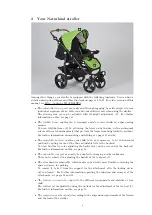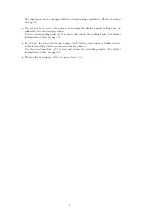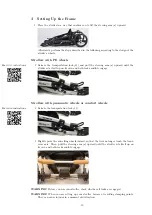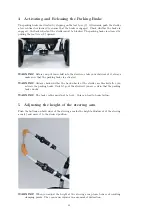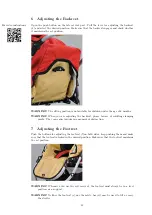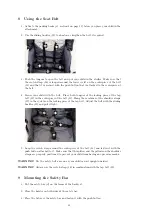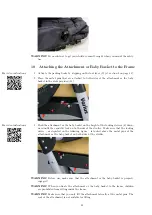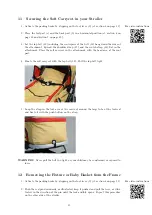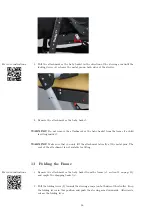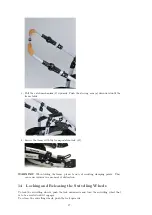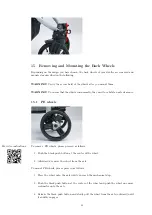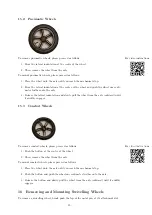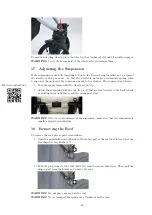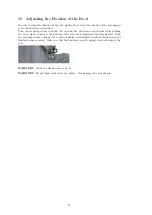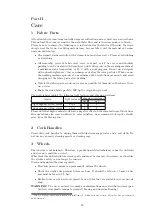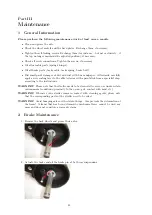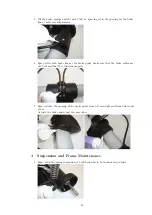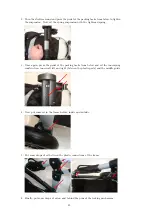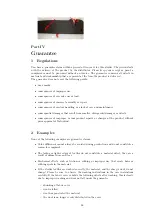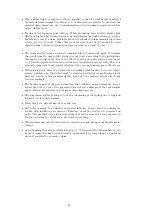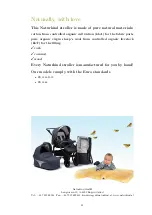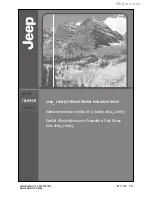
Part II
Care
1
Fabric Parts
All cotton fabrics come from controlled organic cultivation and are dyed on a natural basis.
This natural fiber is more sensitive than synthetic fiber and is therefore quicker to bleach.
Please be sure to observe the following care instructions for the fabrics. Otherwise, the virgin
sheep’s wool that is used as filling material may become felted, exit the material or become
unevenly distributed.
• Clean small stains carefully with a damp towel and clear water. Please avoid rubbing
or scratching.
• All removable pieces of fabric (seat cover, roof part, safety bar cover and shoulder
padding) can be washed with liquid heavy-duty detergents in the washing machine at
a maximum water temperature of 30 °C with a wool program. Do not use detergents
with optical brighteners – they can change or destroy the color particles. When you use
the washing machine, spin-dry at a maximum of 600 revolutions per minute and avoid
wringing out the fabric parts after washing.
• Only let the fabric parts air-dry and, as far as possible, let them dry in the shade. Never
use a dryer.
• Shake the dried fabric parts to fluff up the virgin sheep’s wool.
The dyed fabrics exhibit the following light fastness and abrasion resistance:
fabrics
light fastness
abrasion resistance
dry
wet
light organic cotton colors
3 to 4
3
2
dark organic cotton colors
3 to 4
2
2
Please note that higher ozone levels have a negative effect on the color fastness of the fabrics.
Because fabrics also react sensitively to solar radiation, we recommend to keep the stroller
away from the blazing sun.
2
Cork Handles
Clean dirty cork handles by wiping them with lukewarm soapy water and a soft cloth. Do
not use any abrasive cleaning agents or cleaning rags.
3
Wheels
The wheels are not balanced. Therefore, a production-related imbalance cannot be excluded
and does not constitute a defect.
Wheel sockets and fixed plates are wear parts and must be renewed, if necessary, as otherwise
the stroller’s safety can no longer be ensured.
Clean and maintain the rims regularly.
• Heat and pressure marks can permanently deform the wheels.
• Check the relative tire pressure before each use. It should be between 1.0 and 1.4 bar
and must not exceed 1.5 bar!
• Broken tubes can be fixed or replaced by new tubes that are available in every bicycle
shop.
WARNING!
The tires can leave tire marks or discolorations on certain flat surfaces (par-
ticularly vinyl plastic laminate, parquett flooring and linoleum flooring).
1
In der Vorlage auf Deutsch haben wir mittlerweile “Schleudern aus” stehen. Wie wäre dies professionell
zu übersetzen?
22

